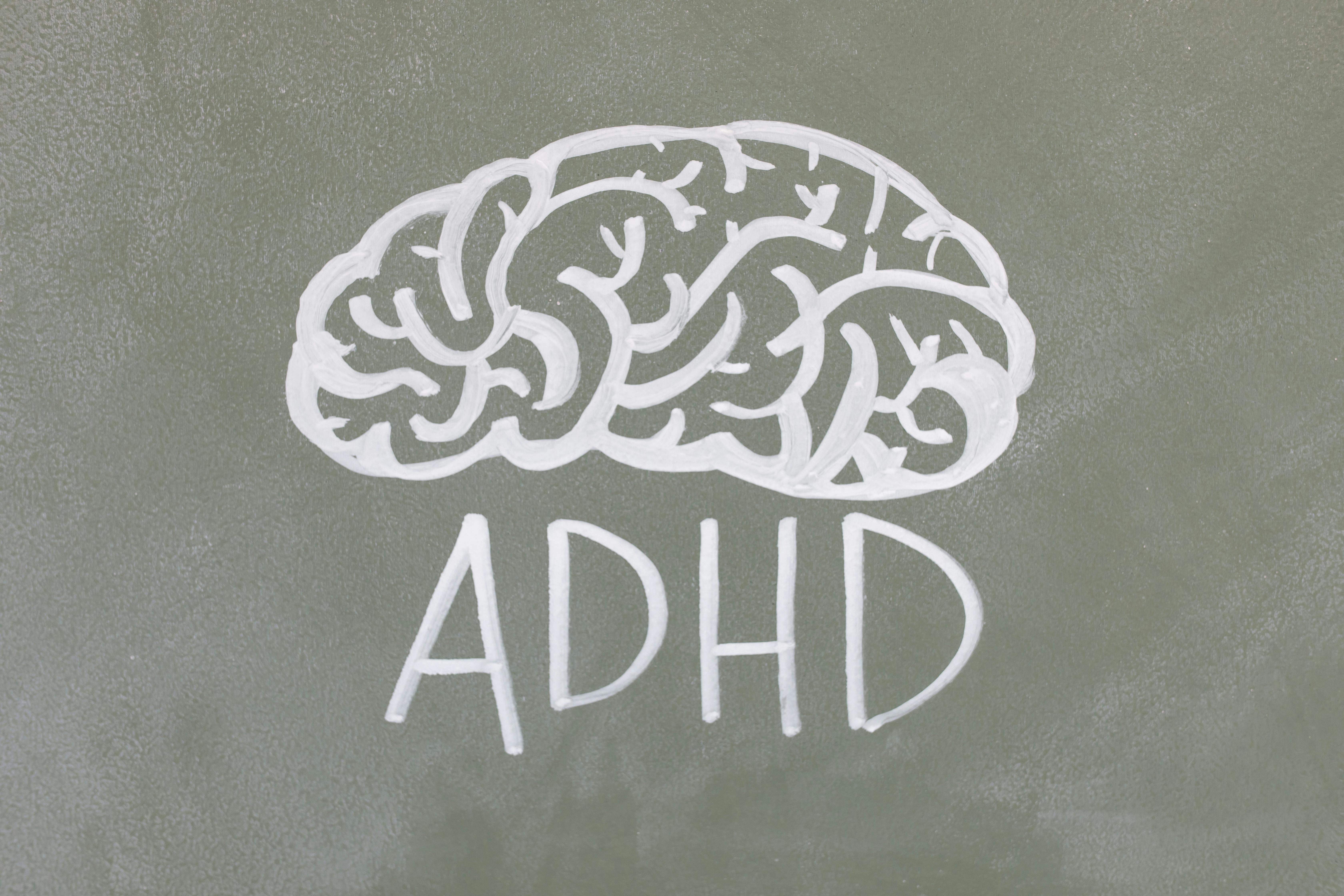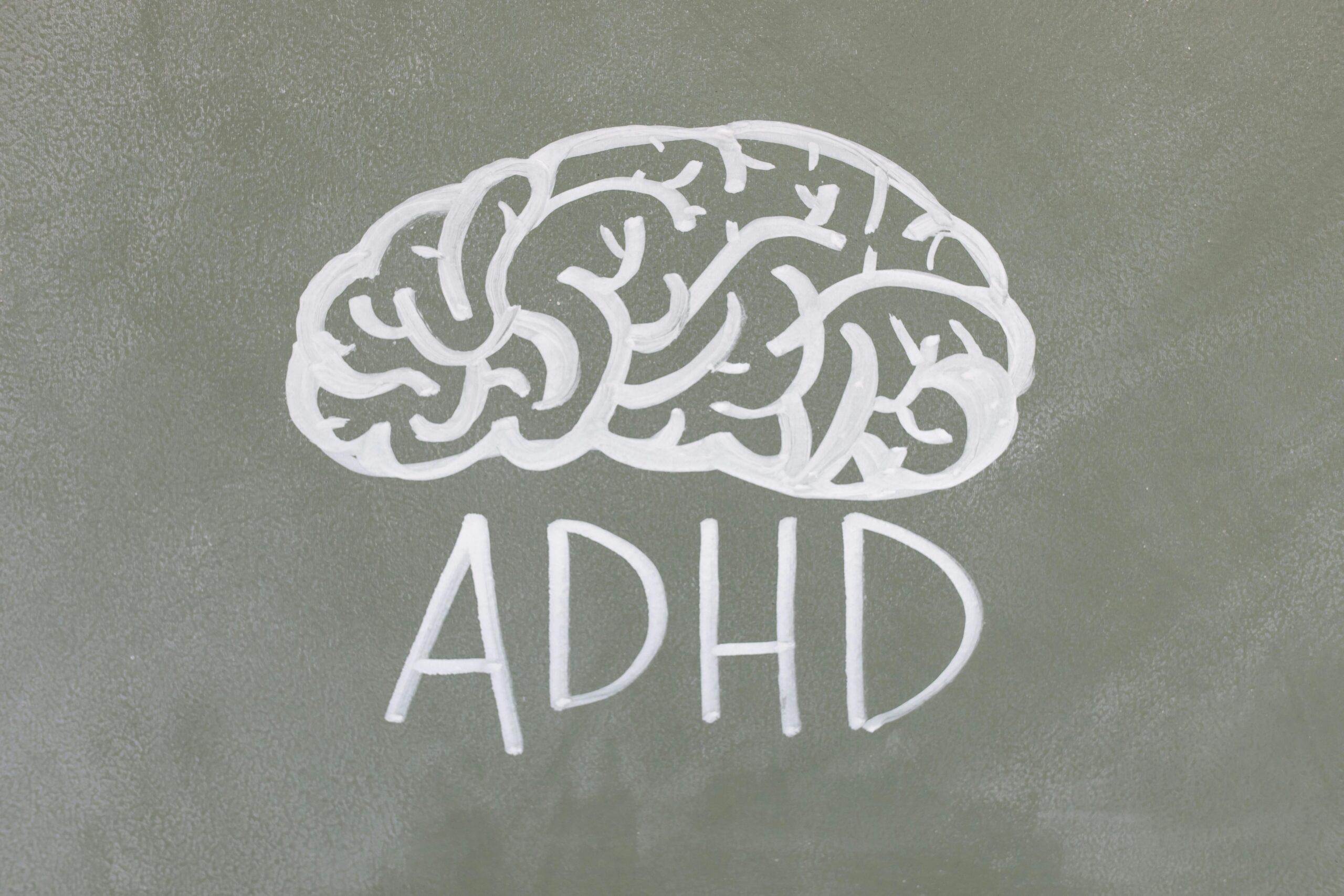Weighing the Pros and Cons of Teaching Mental Health in Schools
Mental health is no longer a taboo topic—it’s a pressing concern in modern education. With rising awareness of student wellbeing, teaching mental health in schools has become a hotly debated issue. In this article, we’ll explore the pros and cons of teaching mental health in schools, examine best practices, and help readers make informed decisions about its implementation.

Understanding the Fundamentals
Mental health education involves teaching students about emotional regulation, stress management, psychological disorders, and self-care. As schools evolve into holistic development centers, this type of education becomes increasingly relevant. Integrating mental health into curricula reflects a growing societal focus on emotional intelligence and preventative care.
Addressing mental wellbeing in school settings promotes lifelong skills such as empathy, resilience, and self-awareness. Much like physical education, mental health education fosters healthy habits that extend beyond the classroom.
1.1 Defining Mental Health Education
Mental health education is the structured teaching of emotional and psychological wellness. It includes topics like anxiety, depression, mindfulness, and peer pressure. According to the CDC, 1 in 5 children in the U.S. experiences a mental health issue annually, making early intervention crucial.
Real-world applications include learning how to cope with stress during exams, identifying signs of depression in peers, or knowing when and how to seek professional help. A common misconception is that this curriculum replaces therapy—it does not. It complements clinical care through awareness and education.
1.2 Distinction from Traditional Health Curriculum
Unlike general health classes that emphasize physical fitness and nutrition, mental health education dives into emotional intelligence, social behavior, and psychological resilience. This specificity makes it both unique and essential.
For instance, while a health class may teach about the brain’s anatomy, a mental health module explains how trauma affects brain development and behavior. Schools that implemented such programs reported a noticeable decrease in behavioral issues and absenteeism.
Practical Implementation Guide
With foundational understanding in place, the next step is applying mental health education in schools. Implementation requires collaboration among administrators, teachers, parents, and mental health professionals. Clear goals, accessible resources, and teacher training are essential for success.

2.1 Actionable Steps
- Assessment & Planning: Identify the needs of your student population and determine relevant topics such as bullying, anxiety, or trauma awareness.
- Curriculum Development: Use validated materials and partner with licensed counselors or psychologists to create age-appropriate content.
- Teacher Training: Equip educators with skills to deliver the material effectively and respond sensitively to student concerns.
2.2 Overcoming Challenges
Several obstacles may arise when introducing mental health in education. These include:
- Lack of funding for trained personnel
- Cultural stigma or parental resistance
- Teacher discomfort with sensitive topics
- Time constraints in an already packed schedule
Solutions include integrating short modules into existing health classes, offering opt-out policies for parents, and starting with general emotional literacy before expanding into clinical topics.
Advanced Applications
Once foundational practices are established, schools can explore advanced methods to deepen student engagement and improve outcomes. These techniques often involve technology, peer-led initiatives, and interdisciplinary learning approaches.

3.1 Digital Mental Health Platforms
Platforms like Headspace for Teens or MoodMeter can be integrated into class schedules. Case studies show that consistent use leads to improved mood tracking, reduced stress levels, and stronger communication between students and faculty.
Performance metrics often include reduced absenteeism, improved test scores, and enhanced peer relationships—key benefits in the debate around the pros and cons of teaching mental health in schools.
3.2 Peer-Led Mental Health Initiatives
Empowering students to lead mental health discussions fosters a more inclusive and relatable environment. These groups provide peer support and reduce the stigma around mental illness.
Compatibility with school culture and administrative oversight are essential. Programs like “Teens Helping Teens” have proven successful in reducing feelings of isolation among participants.
Future Outlook
The future of mental health education is promising. With rising investment in ed-tech, AI-driven diagnostics, and VR-based empathy training, schools will soon have more tools than ever to address mental wellbeing effectively.
Over the next 3-5 years, expect to see mental health become a core subject, just like science or math. Educators and parents should stay informed and advocate for inclusive, scalable programs that adapt to diverse needs.
Conclusion
Teaching mental health in schools has clear advantages—early intervention, reduced stigma, and better academic outcomes. However, it’s not without its drawbacks, including implementation challenges and potential overreach.
The key is balance: design a program tailored to your student body and resources. Now is the time to advocate for smart integration of mental health education that uplifts all learners.
Frequently Asked Questions
- Q: What is mental health education in schools? Mental health education teaches students about emotional wellbeing, stress management, and psychological awareness through structured lessons.
- Q: How can schools start teaching mental health? Begin with staff training, pilot programs, and collaboration with licensed professionals to tailor content.
- Q: How long does it take to see results? Programs typically show initial impact within 3-6 months, depending on consistency and student engagement.
- Q: Is teaching mental health expensive? Costs vary widely but can range from $500 to $5,000 per year depending on program depth and staffing needs.
- Q: How does it compare to traditional health education? Unlike physical health lessons, mental health education emphasizes emotional regulation, empathy, and coping strategies.
- Q: Is it hard to teach mental health? With proper training and support, most teachers can effectively deliver basic mental health modules within a moderate learning curve.
- Q: Can it be customized for different age groups? Yes, mental health lessons are scalable and can be adapted from elementary to high school levels with age-appropriate content.
